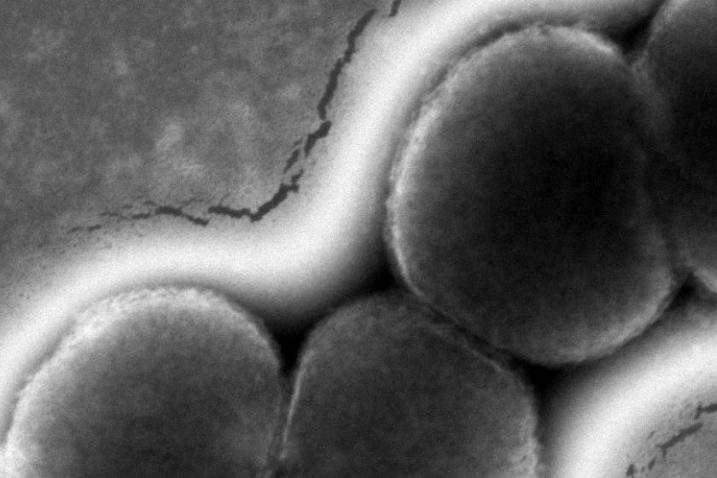New research has identified a protein that fuels the bacteria that causes gonorrhea, which could open the door for antibiotics and even a vaccine in the future. Photo courtesy of Oregon State University
July 6 (UPI) -- New research has identified a protein that fuels the bacteria that causes gonorrhea, which could open the door for new antibiotics and even a vaccine.
The findings, published Thursday in PLOS Pathogens, are an important step in fighting the microbe, Neisseria gonorrhoeae, which is considered a "superbug" because of its resistance to all antibiotics for treating infections.
The infection, a sexually transmitted disease that affects 78 million people each year, can be extremely damaging if left untreated or treated improperly. It can lead to endometritis, pelvic inflammatory disease, ectopic pregnancy, epididymitis and infertility. And it can increase the risk of blindness in babies born to infected mothers.
"The infections very often are silent," Oregon State University researcher Aleksandra Sikora, who led the study, said in a press release. "Up to 50 percent of infected women don't have symptoms, but those asymptomatic cases can still lead to some very severe consequences for the patient's reproductive health, miscarriage or premature delivery."
Sikora's team at the OSU/OHSU College of Pharmacy and Ann Jerse's lab at the Uniformed Services University of the Health Sciences in Bethesda, Maryland, worked together to discover the new lipoprotein that gonorrhea uses to beat the body's first line of immune defense.
The human body relies on enzymes known as lysozymes that sabotage bacteria by breaking down the cell wall. Lysozymes are found in epithelial cells, which make up the tissue on the outside of organs and inside body cavities, and in phagocytic cells that protect the body by consuming foreign particles and bacteria.
Gram-negative bacteria, which are characterized by their cell envelope that has a protective outer membrane, have developed ways of getting past lysozymes. Sikora's team, however, discovered an additional type of lysozyme-fighting protein in the gonorrhea virus.
Now, scientists can look at this new protein, which the team named SliC, to target candidates for new antibiotics or a vaccine. SliC stands for surface-exposed lysozyme inhibitor of c-type lysozyme. If the lysozyme inhibitor itself can be inhibited, then the bacteria's infection-causing ability will be reduced, researchers say.
The team used mice infected with gonorrhea to study SliC's function. They checked the SliC expression at one, three and five days and determined the protein was essential to bacterial colonization because of its anti-lysozyme role.
"This is the first time an animal model has been used to demonstrate a lysozyme inhibitor's role in gonorrhea infection," Sikora said. "Together, all of our experiments show how important the lysozyme inhibitor is."















